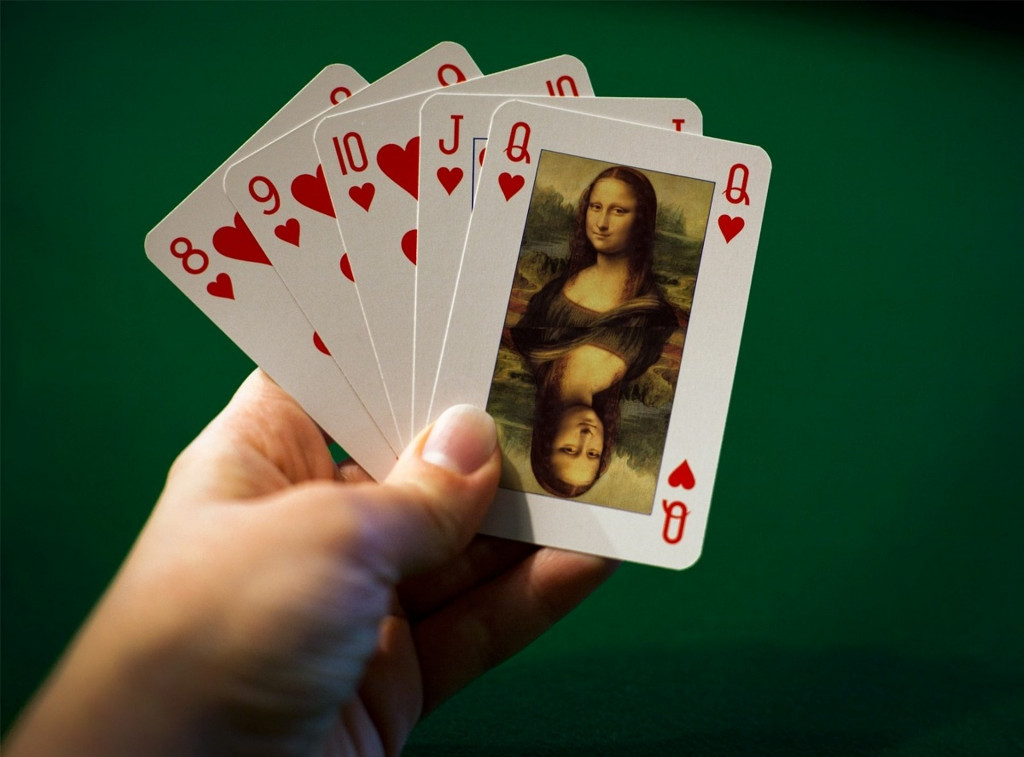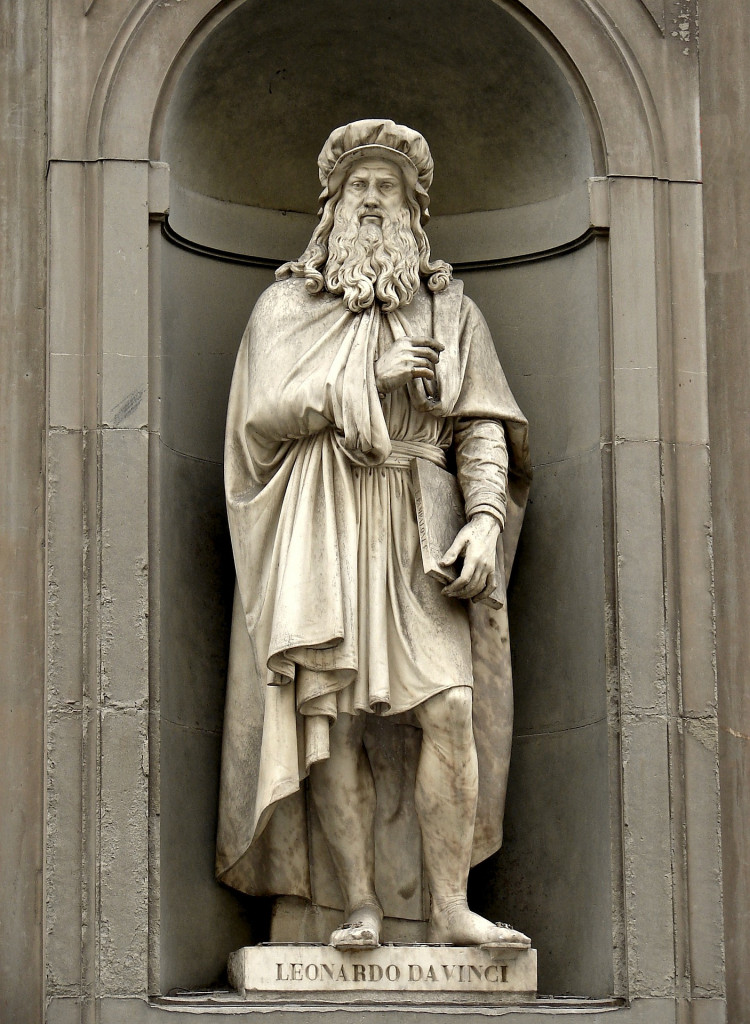Table of Contents (click to expand)
The Mona Lisa came to fame only after it was stolen and hidden from the public. When she was restored, the painting piqued significant interest and gained a steady following. It’s said to be worth more than $1 billion.
It has been subject to theft, heists, and vandalism at various points in history, as well as global adoration and fame. The Mona Lisa’s rich history as a painting, once it was housed in the Louvre, is only surpassed by its history as a source of genuine inspiration and curiosity.
Considered to be Leonardo da Vinci’s magnum opus, the sitter for the painting is speculated to be the wife of a Florentine merchant, Lisa Gherardini, though sometimes Mona Lisa is thought to be a self-portrait of Da Vinci himself, with seemingly both feminine and masculine features. Oddly enough, Mona, alternatively Madonna, is a way of addressing a woman, so the world’s most famous painting is very literally called Mrs. Lisa.
The Art
The painting has set trends during both the Renaissance and in the contemporary world. The switch from the side-portrait to that of the Mona Lisa, the slightly tilted three-quarter view, and the elaborate landscape in the background, both ended up defining the nature of portraits in the centuries to follow. It was also an aberration, being painted as oil on wood, instead of on canvas, which was the more popular choice back then.
The mysterious woman in the painting, whose identity remains unconfirmed, immediately draws the attention of her audience. Though she is modestly dressed amidst the rich hues of Renaissance art, her realistic expression and the proportions of her face inexplicably draw people in. Da Vinci used a technique called sfumato to create a veil between the Mona Lisa and the view by using the subtle play of light and shadow, without leaving behind any tangible strokes.

Also Read: Why Is Venus De Milo Missing Her Arms?
The Mona Lisa Effect
The Mona Lisa effect, or the phenomenon that makes the observers feel as if the Madonna’s eyes are following them when they move, is an optical illusion employed by Da Vinci. Though the phenomenon is somewhat minimized by the right-leaning gaze of Mona Lisa, it has still been identified most often with the painting. The eyes are the center of the observers’ attention, but the haunting mouth stays in the periphery, creating the impression of an unfathomable expression.
This adds to the overall disorientation caused by the range of emotions elicited by Mona Lisa’s knowing smile. She invokes both happiness and sadness, mystery and tragedy, curiosity and comfort. One minute it seems to be there, but in the next, the smile disappears.
Also Read: How Are Ancient Cave Paintings Perfectly Preserved?
The Making Of A Legend
Although the artistic genius of the Mona Lisa is not denied, she has gained her fame only later in life. Until the French Revolution, she was cordoned off in the royal collection of the French monarchs. The painting had found its way there by chance, as Da Vinci had spent some time at the end of his life in the court of Francis I.

Only in the 19th century, after being installed in the Louvre, did her fame grow. A part of this fame was the reputation Leonardo Da Vinci had started to gain in social circles, both scientific and artistic. Given the sheer paucity of Da Vinci’s paintings then (he supposedly only ever completed 20 canvas paintings), the Mona Lisa is revered as the epitomic work of this much sought-after artist.
In 1911, something happened that brought Mrs. Lisa to international headlines—and to tourist itineraries for generations to come.
Vincenzo Peruggia, an Italian carpenter employed by the Louvre at the time, stole the painting by hiding in the museum at night. It ignited the public curiosity and resulted in the resignation of the Louvre’s Director of Paintings (there were dramatic twists and turns in the case, with very public figures such as Pablo Picasso being arrested under suspicion of having been involved in the theft).
There were reports of tourists visiting the Louvre just to see the seat left empty by Mona Lisa. When she was brought back to the Louvre 2 years later, those who had flocked to see the empty space now rushed to see the woman who had caused such an uproar.
How Much Is The Mona Lisa Worth?
In 1962, the Mona Lisa was insured for $100 million (which won it the Guinness World Record for the most expensive art insurance). When translated into the current value of currency, taking in the inflation over the decades, the painting’s value would roughly be calculated ar around $900 million in 2021. Given the fact that the Mona Lisa is public property, if France ever needed to, it could always keep its economy afloat by selling it—a joke made by the national media that is unironically true.

Conclusion
Perhaps the simplicity of the Mona Lisa, among the opulence of other Classical and Renaissance art, keeps her relevant. Kept behind a bulletproof glass shield (given the fact that it has been insured for around $1.1 billion, this is not an unreasonable amount of security), the painting has become a muse for all sorts of art. There are parodies and imitations both on paper and in film; in fact, there is another version of the Mona Lisa painted by Leonardo himself, and another 3 that are attributed to his students, which can be found in the Prado Museum.
Despite the sheer amount of academic and artistic scrutiny (not to mention from the hordes of tourists that it attracts), there still remains a veneer that separates the Mona Lisa from her audience, multiplying her appeal and engraving her in both our memory and public consciousness.
How well do you understand the article above!

